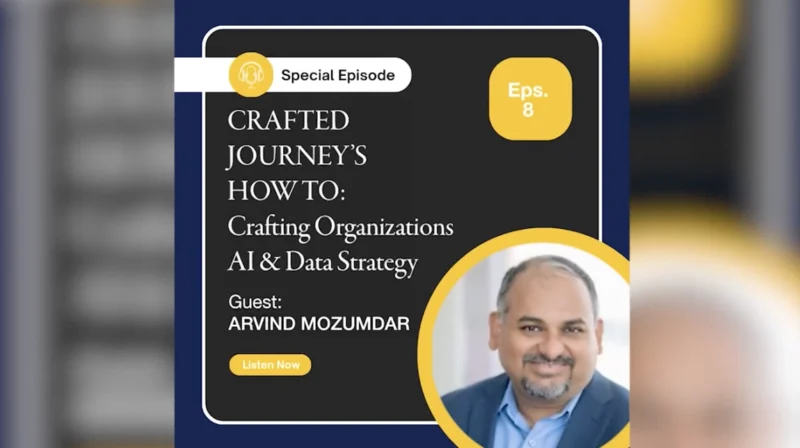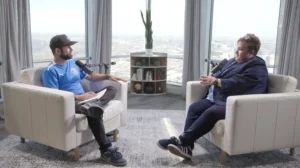Consumer Spending Up 7% says Bank of America Exec.
Bank of America’s Head of Small Business Sharon Miller speaks with Bloomberg’s Alix Steel and Guy Johnson about growing optimism for U.S. small businesses as uncertainty dropped to a 10-month low on “Bloomberg Markets:”.
—
Host: Sharon Miller, Bank of America’s Head of Small Business, her team provides financial solutions to about three million small businesses, owners and entrepreneurs, really has her pulse on what’s happening. Sharon, we just heard in the mic set up that the recovery is not yet at hand. When do you think small businesses do expect a bottom and a recovery?
Miller: Well, this has been certainly a year like no other for small businesses and for all of us across the country. And I do see there are signs of optimism. And as we move forward into recovery phase, which we expect for the economy to continue to improve this year, that small businesses across the country will continue to improve, as well.
Host: Sharon, good morning, it’s Guy. What impact are you seeing between the states that are beginning to open and those that aren’t? And I’m just looking for clues about how big the bounce back will be once we start seeing some of these orders being lifted.
Miller: Well, I mean, that’s very important when it comes to people being comfortable to move around the country at ease going into small businesses. Of course, many small businesses have storefronts that require people to come in and out. And until the vaccine is broadly disseminated and that people feel comfortable with this health crisis that we’ve been through, which there are good signs there are. Guy, when you think about Johnson & Johnson just being approved, we are continuing to get more and more vaccines out there into the arms of people, which is going to, in turn, make everyone more comfortable about moving around. I can tell you as well, I mean, just with the stimulus programs that have been through the US and through the economy, I mean, small businesses really rely on consumer spending. So as consumer spending improves and for example, at Bank of America, we are seeing increases to the tune of about 7% year on year when it comes to spending and consumer spending. Now, some of that is from the stimulus, but much of the stimulus that has gone into consumers accounts is still in savings. So there is a lot of pent up demand out there as people feel more comfortable with spending. I’ll give you one more point. When it comes to trends and what’s happening and when it comes to vaccinations, older Americans were getting vaccinated first. And we do see a pickup in travel plans. So when you think about the spending and travel and leisure and you go down by the demographic and by the age group, this is certainly starting to pick up in older Americans making travel plans.
Host: So as we get this next round of recovery funding from the US and the next round of PPP loans, who still needing the loans? What kind of businesses? How big are they?
Miller: Well, I mean, these are the smallest of small businesses have been hurt, but certainly with different sectors. There has been different levels of recovery. And so restaurants, theaters, until we’re able to really move freely and feel comfortable with going into those types of establishments. And that’s going to come in time with vaccinations. And so those are all still really needing some targeted stimulus. So when it comes to anything that requires face to face contact, when you’re in close proximity, groups gathering all of that certainly requires making sure that we do have the vaccinations at a good pace within the US.
Host: Sharon, it’s hard to argue the counterfactual, but if this stimulus package didn’t exist, if Georgia, for instance, had gone a different way. What would the outlook be for small business in America?
Miller: Well, I mean, we were in a very dark time, and I do believe that PPP, the Payroll Protection Program, helped so many small businesses across the country really as a bridge to the other side. And so as we think about just Bank of America as an institution, we have helped over 350,000 businesses just in the first three rounds. Not to count what we’re doing today with the PPP that is ongoing now. So there is a lot to be proud of. There is a lot of help that has been given out to small businesses so that we can recover. And again, I do see momentum out there and signs are pointing to that recovery coming in the second half of this year when we get through spring to summer and into the Labor Day.
Host: Sharon, Mike was talking about how there is the cash on hand to lend the questions, are there the borrowers? And there was a really interesting piece in the Journal today that said something opposite that basically said regulation means having banks having more cash on hand. They’re getting pushed to lend than they can because of the regulations. Do you feel like you have enough capital to meet the demand out there?
Miller: We do, and when you look at the NFIB report, I mean, the access to capital was not one of the biggest concerns. In fact, most of the business owners replied, saying that there was plenty of access to capital. It was just they were uncertain about the environment we’re in, what’s going to happen next. And I think that’s the same with hiring and capital expenditures. It has been a wait and see type of attitude from many business owners. And now that we are getting through much of this, you are seeing people starting to spend, starting to invest, buying vehicles for their business. All of this did come through in the report that was just released today.
Host: So over here in Europe, the strategy has been to produce furlough schemes that have allowed staff to remain connected to businesses without having to be paid. The US has taken a different approach in terms of it being more consumption focused the way that the government packages have worked. How how do you compare and contrast and think about the best way of helping small businesses get through crises such as this?
Miller: Well, I think even before this pandemic, when we survey our clients twice per year. And as in this NFIB survey as well, where there is a disconnect between hiring and being able to hire the right skills. And so, you know, this is still ongoing concern. In fact, the number one concern in the report that was released today, it continues to show through as we survey our clients as well. Small businesses, when you have less than 100 employees, every employee counts. And so you need to have the right skills, the right understanding to really do the role that is required. And so it is a concern before the pandemic. It will continue to be a concern. And I think that’s why, you know, being able to provide skills training to, you know, for different crafts for different industries is so important as we move forward.
Host: Sharon, last question. The Fed has made unemployment truly its mandate and full employment for minorities, not just the overall rate. And I’m wondering how you make more capital available in minority communities that traditionally don’t have the kind of relationship with banks that they need to get this kind of funding.
Miller: Well, it is part of our culture at Bank of America. And part of what we do as a business, we are here for all small businesses across this country. And it is of utmost importance to continue to promote racial equality. And in fact, just a few months ago, we announced $1 billion commitment to ensuring that we are continuing to invest not just in small businesses, which is a big part of that, having that capital to be able to move small businesses forward, but also with health care, with different housing, affordable housing. So all of this is so important. And part of the fabric of how we deliver for our clients. And it is part of moving the economy forward. So we are continue to be invested. We continue to invest. And this is a very, very big part of moving the economy forward.
*Bloomberg contributed to this content
—
Follow us on social media for the latest updates in B2B!
Twitter – @MarketScale
Facebook – facebook.com/marketscale
LinkedIn – linkedin.com/company/marketscale









